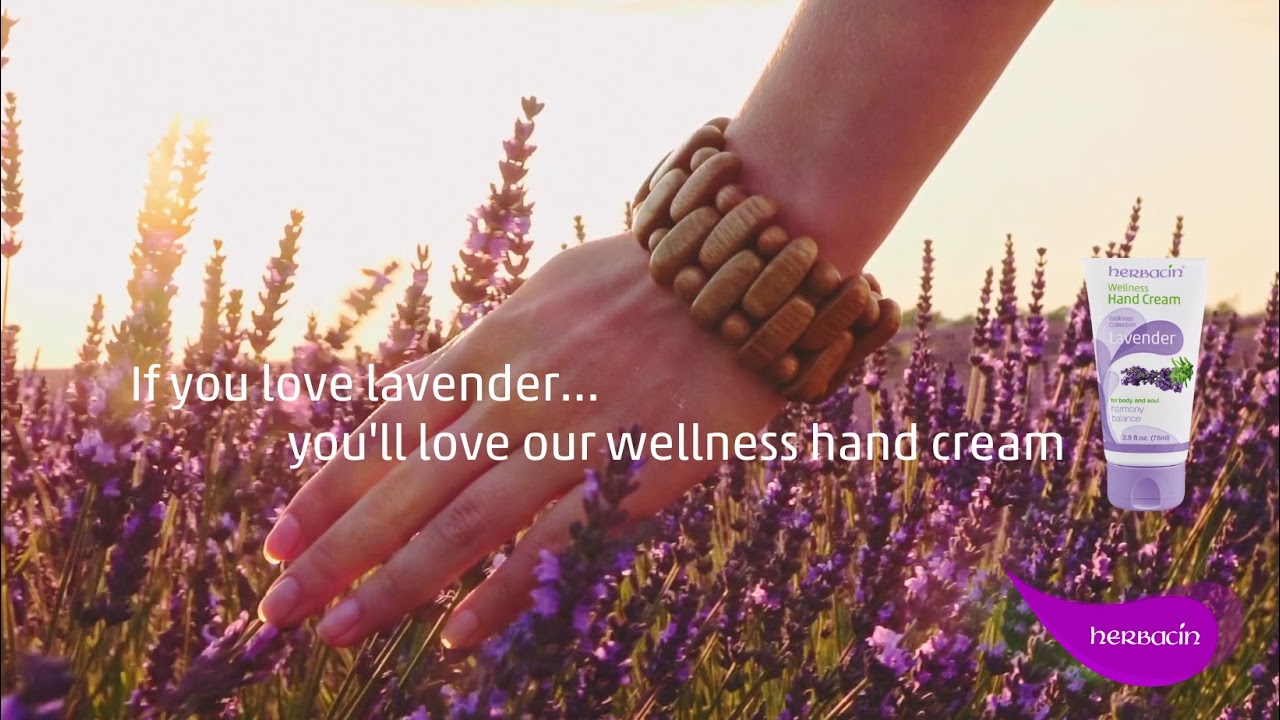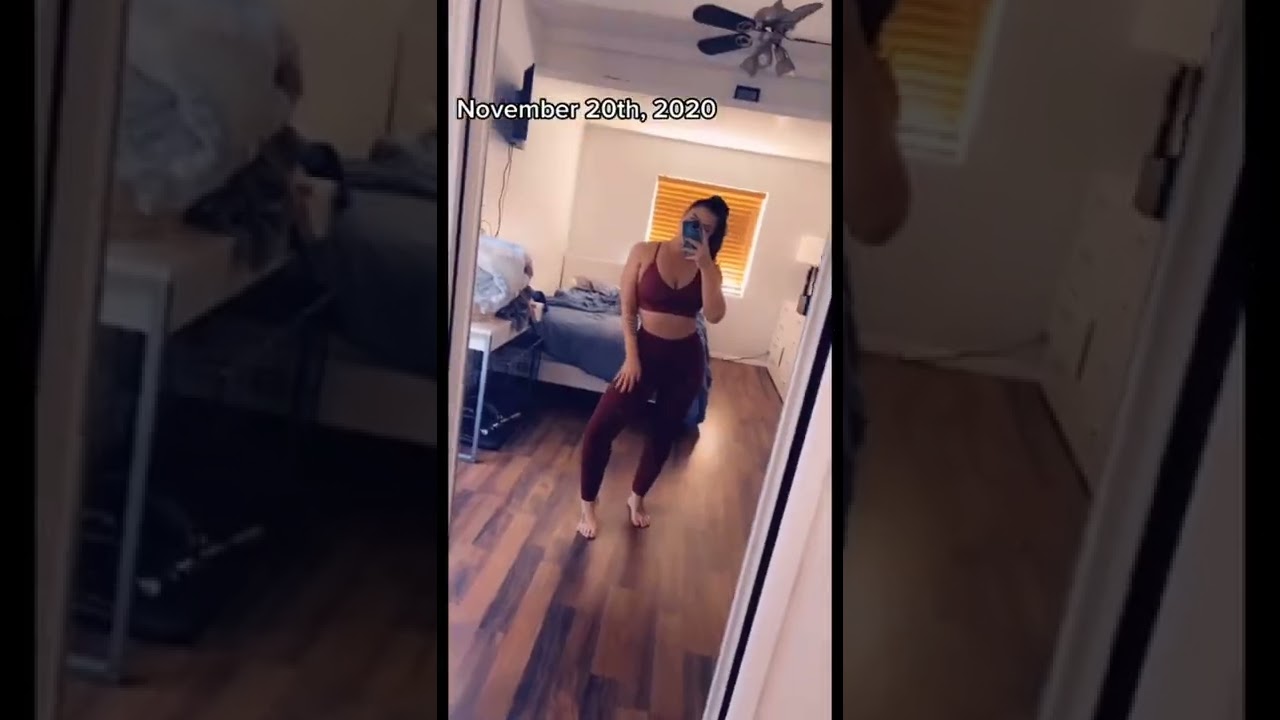Sometimes tissue on the body likes to bring attention to itself in the form of cysts. These cysts are pockets under the skin made of tissue that are either air filled, fluid filled, or have other substances in them. Most of the time they’re not cancerous and sometimes don’t have to be addressed. Whether treatment is necessary depends on the type of cyst, if there’s pain/discomfort, location, and if there’s infection/inflammation.
There are 11 types of cysts.
1. Sebaceous cysts – These are caused by the sebaceous glands that are part of skin and hair follicles. Sebaceous glands make oil for hair and skin. When the glands are damaged, cysts can form usually on the torso, neck or even face.
2. Chalazion cysts – This is a lump on the eyelid that isn’t painful. The meibomian gland produces the oil on the eyelid and when it is blocked a cyst can form. Vision can be blurred if they are enlarged, and they can be tender and swell.
3. Folliculitis – This is when hair follicles get infected. There is likely a bacterial or fungal infection that will appear to look like acne. An example would be an ingrown hair. People sometimes get this from hair removal methods, waxing or shaving. Razor bumps are also known as pseudofolliculitis barbae, which is a type of pseudofolliculitis. Unlike folliculitis, pseudofolliculitis isn’t usually infectious.
4. Perineural cyst – This is a sac filled with fluid that is found on the spine. It could happen from trauma/injury to the back.
5. Mucous cyst – This is a lump filled with fluid that is on the mouth/lips. The salivary glands get mucus and plug up. It can happen from biting your lip, having a piercing, or dental hygiene.
6. Cystic acne – This occurs when pores are clogged. Dead skin, oils, and bacteria can get trapped. It can look like pus, and it usually found on the face, back, chest, and neck.
7. Pilar cyst – This looks like a bump under the skin. They are usually on the scalp around hair follicles.
8. Baker cyst – These are fo9und on the back of the knee. s a swollen, fluid-filled sac at the back of your knee. They can be painful and decrease the range of motion of the knee.
9. Ovarian cysts – If the follicle that releases an egg doesn’t open, a cyst can form a filling of fluid. A cyst can also form when the follicle closes back up after the egg release.
10. Pilonidal cyst – These can form in the buttock area and can be a small hole that gets filled with pus. It can be painful sitting or standing, can have a bad odor, and swell. Sometimes there is a hair that comes out of it.
11. Ganglion cyst – This is a lump of tissue that usually occurs around the joints of the writs, ankles, feet, and tendons. The lump is filled with fluid, and it can be caused by injury/trauma. It can be painful if it’s adding pressure to other areas.
Treatment depends on type, location, and severity. Sometimes cysts need to be drained. Reducing inflammation is important. Turmeric can help. Using a hot compress can help. Tea tree oil and castor oil can help keep bacteria away. This is true for apple cider vinegar as well. Avoiding popping or squeezing them is necessary to prevent infection. If none of these natural methods are helping, seeking the care of a medical professional may be in need. Sometimes the body fills us with surprises called cysts. Keeping them at bay is possible but if not, we may need more invasive treatment.
Malignancy Arising in Dermoid Cysts: A Case Report and Literature Review – PMC (nih.gov)
Squamous Cell Carcinoma Arising From Epidermal Cyst: A Case… : Annals of Plastic Surgery (lww.com)
Breast Cyst – PubMed (nih.gov)



